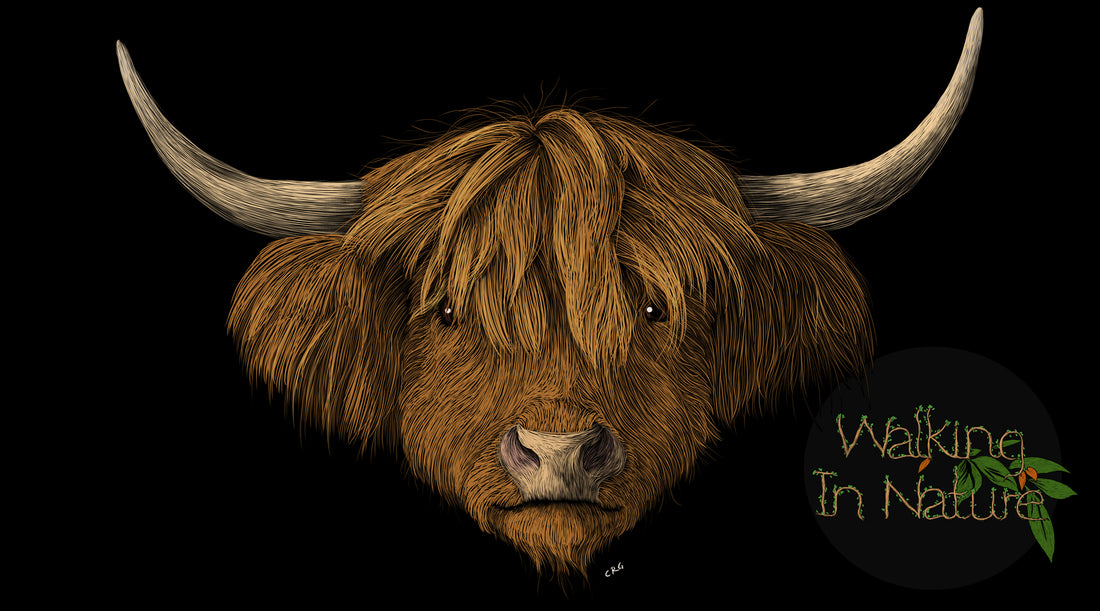In the captivating world of *wildlife art*, one compelling aspect is 'capturing the essence of an animal'. This art form tests an artist's adeptness in synchronizing their artistic capabilities with their understanding of animal behavior and characteristics. By effectively capturing an animal's essence, artists can breathe life into their work, allowing viewers to share in unique wildlife experiences. This article traverses the intricate process of attaining this level of artistry, from understanding animal behavior to selecting the appropriate art medium. Plus, helpful tips for budding wildlife artists are provided towards the end. Let's explore this artistic wilderness together!
## Capturing the Essence of an Animal in Art
Just as every person is unique, every animal has its own distinct personality and spirit. Capturing the essence of an animal in art isn't simply about likenesses. It's about communicating the life within - the sparkle in a bird's eye, the sly cunning of a fox or the majesty of a prowling lion. The detail instilled in the portrayal of an animal, like the rippling sinewy muscles or the delicate touch of feathers, gives a sense of depth and realism.
Apart from aesthetically mimicking the visible physicality, it's the unseen spirit that truly embodies the 'essence' in capturing the animal in artwork. This can be achieved by spending hours observing the animal's natural behavior and habits or studying its anatomy. But this detailed and in-depth observation should not restrict creativity, rather it should provoke an artistic interpretation that reflects the animal's unique personality.
In essence, artwork that captures the spirit of an animal goes beyond colors and shapes. It takes you on a journey - a journey that allows you to feel a connection to the animal, empathizing with it, and understanding its experiences as if they were your own.
## Capturing the Essence of an Animal in Art
Can you truly feel a lion's wild spirit, or recognize the elusive playfulness of a dolphin, while looking at a painting?
Indeed, you can! 'Capturing the essence of an animal' for a wildlife artist is all about understanding the authentic self of the animal and reflecting it in the piece of art.
But how is it done?
Well, each wildlife species has its unique characteristics, behaviors, and emotional expressions.
It's the ability to observe, interpret, and recreate these nuances on canvas that distinguishes a successful wildlife artist.
In order to accurately and compellingly portray these traits, artists often spend hours studying their subjects, whether it’s at zoos, wildlife parks, or in the animal's natural habitats.
These extensive observations allow artists to capture not only the anatomical intricacy but also communicate the animals' emotions.
Artists integrate all these elements with their unique artistic creativity and technique, creating a remarkable artpiece that truly encapsulates the "essence" of the animal.
To sum up, 'capturing the essence of an animal' in art is more than just reproducing a photographic image.
It's an intimate dance between understanding the animal, and the imaginative spirit of the artist, coming together to produce a stirring and powerful representation of wildlife.
And that is the heart of every compelling wildlife art piece! Whether it’s an art print or a shirt, the core remains – encapsulating the true spirit of an animal in art!
## Understanding Animal Behavior and Characteristics
Ever wondered why every sketch, every painting, every print seems to capture more than just the physical aspect of an animal? The secret is understanding animal behavior and characteristics, and that's no small feat! The more accurately we can depict animal behavior in art, the more successful we are in truly 'capturing the essence of an animal'. It's a journey of constant learning to get it right.
Imagine painting a wolf in a pack. Yes, the right color, the distinct eyes, the sharp paws - they are essential. But what truly constitutes the essence of the wolf is its behavior - protective, loyal - evident in their interactions within the pack. The painter's challenge lies in capturing these elusive moments, showcasing a social structure that is just as beautiful in its complexity.
Feline lovers painting domestic cats or majestic lions, note the variety! While your domestic feline basks lazily under the sun, a pride of lions works in strategic harmony to bring down their prey. Capturing these behaviors, these inherent characteristics make your art more than just a sketch, they breathe life into your creations, bringing the audience closer to the reality of the wild.
Think about the majestic elephant, its might in stark contrast to their nurturing nature. But they're not just about size; it's their intricate social structure, their mourning rituals, their communal care for offspring that truly captures their essence. As a wildlife artist, your success lies not just in depicting physical features but also in communicating these emotional nuances effectively.
In every line, every stroke, and every hue, an artist embeds the spirit of the animal subject. It's a silent discourse between the artist and the viewer, all revolving around understanding and embracing the subject's inherent traits. The essence of an animal - that's the magic we strive to harness and translate onto paper. Let's respect, learn, and interpret the complexities of the animal kingdom, united in our passion for wildlife art. To capture an animal's physical essence is an accomplishment, but to capture their spirit? Now that's what you call true mastery!
## The Role of Art Mediums in Capturing the Essence
Choosing the right art medium is like selecting the right lens for a camera.
Each has its unique characteristics which can add depth and dimension to your work.
For instance, watercolor can give a light, airy feeling, reflecting the fleeting glimpse of a bird in flight.
On the other hand, oil paint has a rich, vibrant quality which works well for capturing the regal stance of a lion or the intense focus of a eagle eyeing its prey.
But, let's not forget about pencils and charcoals.
They, too, have a distinctive role in wildlife artistry.
Their monochrome nature can bring out the nuances of an animal's texture and form in a way that colours sometimes can't.
By focusing on the contrasts of light and shadow, artists can present the essence of an animal in its raw, unassuming form, without the distraction of hues.
Remember, each medium has its charm, its language.
Understanding their subtle yet significant differences can help you in selecting the right medium for the creature you're trying to portray.
With the right tool in hand, capturing the essence of an animal becomes not just a process, but an experience.
## Tips for Aspiring Wildlife Artists
Launching yourself as a wildlife artist?
This could be a mind-boggling journey, but worry not!
To help you navigate, here are some valuable suggestions -
nuggets of wisdom to keep you inspired on this artistic exploration.
Firstly, never lose sight of the keyword - 'capturing the essence of an animal'.
This is about much more than replicating a photographic image.
It's about imbuing your work with the spirit, personality, and energy of the creature you're portraying.
Next, don't hesitate to step out of your comfort zone.
Venture into the wild, embrace new environments.
Observation is at the heart of capturing the essence of your subject.
The more you watch, the better you understand, the more accurately you portray.
Then, focus on your medium.
Choose it wisely because the right medium can elevate your artwork from mundane to magnificent.
Oil, watercolor, or even digital art - every medium has its own charm to add to the wildlife portrait.
Also, start small.
Remember, Rome wasn't built in a day!
Go for smaller sketches and gradually scale up your work as you grow more confident.
This also helps in understanding and perfecting the nuances of animal anatomy.
Finally, keep learning.
Attend workshops, join artist communities, seek mentorship.
A continual quest for knowledge helps refine your art and technique.
So get your art prints and shirts ready.
Let your wildlife art make a statement, and always keep 'capturing the essence of an animal' at heart as you embark on your creative journey.

